
Wadi Rum in southern Jordan is one of the world's great rock climbing destinations. It is also one of the world's great landscapes. Surreal wind sculpted towers, domes, mountains and whole massifs riven by complex systems of canyons and sub-canyons rise up to two thousand feet above broad desert valleys and deep red dunes. It provided the magnificent backdrop to David Lean's epic "Lawrence of Arabia", and its choice more recently as the location for the "The Martian" and at least three other films set on that planet attest to its stunning otherworldliness.
It is also a lived in landscape; Land Cruisers have long replaced camels as the main mode of transport, but Bedu tents still scatter the remoter areas, even though 3G connectedness as well as the proximity of springs and good grazing for goats and camels now dictate their location. Tourism has, over the last few decades, become increasingly important to the local economy, but, with the Middle East in renewed turmoil, it is really suffering.
Climbers are also largely staying away and you could easily spend a couple of weeks in the area without meeting any others. I do not believe there is any good reason for this. On the contrary there is still every reason for any adventurous climber to go and experience this fabulous area. Admittedly a glance at a map is not encouraging, but southern Jordan is in fact a welcoming oasis of calm in the region and felt as safe as ever on my most recent visit in December 2015. Rum also seems to be somewhat out of fashion with British climbers while Morocco's Anti-Atlas is the currently in vogue trad destination of choice for winter sun. I first visited both the Anti-Atlas and Rum in 2003. I've returned to Rum five times but have not yet bothered with Morocco again. Not that there was anything wrong with Morocco (apart from the endless hassle from vendors!), but I fell in love with everything about Rum; it really did feel like a magically different experience rather than just British style climbing in a sunnier and more exotic location.
Rum seems to me like a giant children's playground; the rocks just beg to be clambered over, and the compulsion to explore around the next corner, beyond the next dune and up the next canyon is irresistible. One of Rum's greatest pleasures is simply to wander the desert and sleep under the stars. Rum village itself is quite a noisy place both day and night (if the Muezzin does not disturb your sleep then the dogs and various bellowing farmyard animals certainly will!); it is best used as a base between camping trips out into the peaceful outlying areas of the desert.
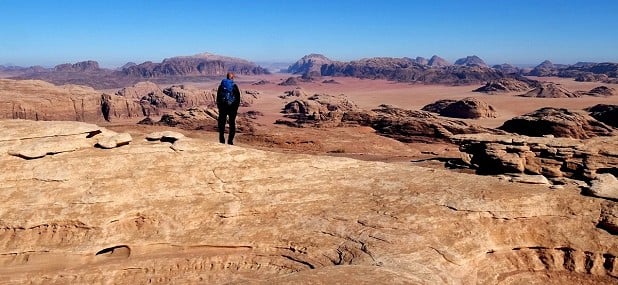
There does seem to be some misunderstanding about the nature of the climbing in Rum. The rock certainly takes a bit of getting used to but the idea that serious undertakings on worryingly soft rock are all that is available is far from true. Yes, the biggest walls sport many intimidating, hard, committing and often unrepeated lines with complicated and scary descents but, at the other end of the difficulty scale, Rum is undoubtedly a paradise for any competent and experienced climber and, for many, the unique "Bedouin" routes will be the biggest attraction. These were originally explored by Bedu hunting Ibex high on the mountains, but the term has now come to cover any route taking a line of least resistance to a summit. Sometimes remote and serious, they take in fantastic scenery with amazing situations, great exposure and often extraordinarily complex and fascinating route finding but with relatively low technical grades; the overall challenge is more akin to classic alpinism than conventional rock climbing. The traverse of the highest peak, Jebel Rum, preferably enjoying an incomparable desert sunset and sunrise from a summit bivouac, is one of the world's truly great mountaineering experiences.
Between these extremes of style lie undertakings to suit almost any proficient climber. There are even some fully bolted routes appearing, though many would consider these out of place here. There has undoubtedly emerged a relatively popular "hitlist" of classics; routes on solid rock and with generally sound protection, good belays (sometimes drilled) and uncomplicated descents, often directly by abseil. Some of these are undeniably world class. They ought to hold no terrors for parties operating competently on British routes of a similar grade and should offer a reliable introduction to Rum before venturing onto more serious or esoteric fare. It is on these that I am going to focus.
So here is a selection of routes guaranteed, I hope, to provide memorable climbing. The UK grades are my own estimates (the guidebook uses a rather unsatisfactory mixture of French and UIAA grades which do not always reflect the overall challenge of the climbs). If in doubt I have erred towards softness to avoid any nasty surprises!
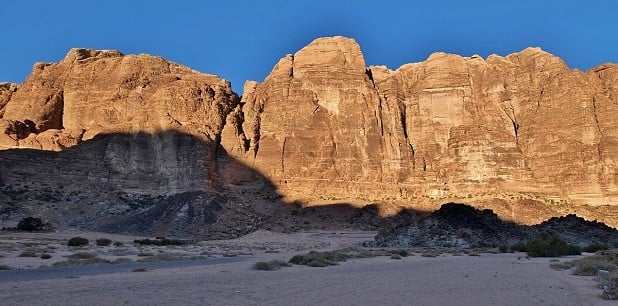
The East Face of the East Dome of Jebel Rum
Goldfinger (5c) (HVS 5a), Inferno (6b) (E2 5c) and Flight of Fancy (6b) (E2 5b)
On arrival in Wadi Rum you can hardly fail to be impressed by the huge east face of Jebel Rum towering over the village. It boasts plenty of challenging and serious full length routes, but also a fine collection of shorter climbs on great rock with straightforward abseil descents and these offer an excellent and convenient introduction to the climbing. If you have arrived in Rum early in the morning there will be plenty of time to sort yourself out and have some food and a nap before wandering up past the ruins of a Nabatean temple to climb in the afternoon shade. Goldfinger was my first ever route in Rum and its four varied and well protected pitches leading to the top of a tower which abuts the lower part of the face certainly whetted my appetite. Inferno is a truly brilliant route; two pitches of steep climbing with a tricky crux on the second give access to a fantastic slanting corner of immaculate rock which can be climbed in a single marvellous pitch. Flight of Fancy sports a superb and strenuous layback corner, though the final shuffling traverse pitch across to the Inferno abseils might prove equally memorable! There are plenty more good routes to choose from, ideal for short days between more ambitious climbs or trips out into the desert.
West Face of Jebel Um Ejil
The Beauty (TD) (E2 5c)
The Jebel Um Ishrin massif forms the East wall of Wadi Rum. Its various impressive peaks such as the awesome Nassranis and Jebel um Ishrin itself are mostly serious objectives with complicated descents. Jebel um Ejil is the exception with the aptly named Beauty providing a fantastic day out from the village. The approach through the astonishing warren of Rakabat Canyon is an adventure in itself - in fact a recce, making the classic circuit right through to Wadi Ishrin and returning via Kharazeh Canyon, might prove useful as well as enjoyable. The route itself starts with a gorgeous layback which is easier than it looks. The second pitch follows some corners which might prove awkward without good technique. An easier romp up more corners leads to the crux. The original route made an unappealing diversion into the chimney on the right but most will now take the obvious direct line past two drilled pegs. The climbing is technical and delicate and fluffing the move to the second peg could land you painfully back on the belay ledge. However, the difficulties ease quickly and you'll soon be below the notorious wide crack of the final pitch. Without a Friend 5, or ideally a 6, this would be very intimidating and a positive approach after the awkward initial moves will be necessary in any event. Twenty minutes of scrambling lead to the spacious summit where you can relax and enjoy the spectacular scenery in the knowledge that three abseils from bolted anchors will return you quickly to the ground.
Abu Aina Towers, Jebel Rum
Lionheart (ED1) (E3 5c)
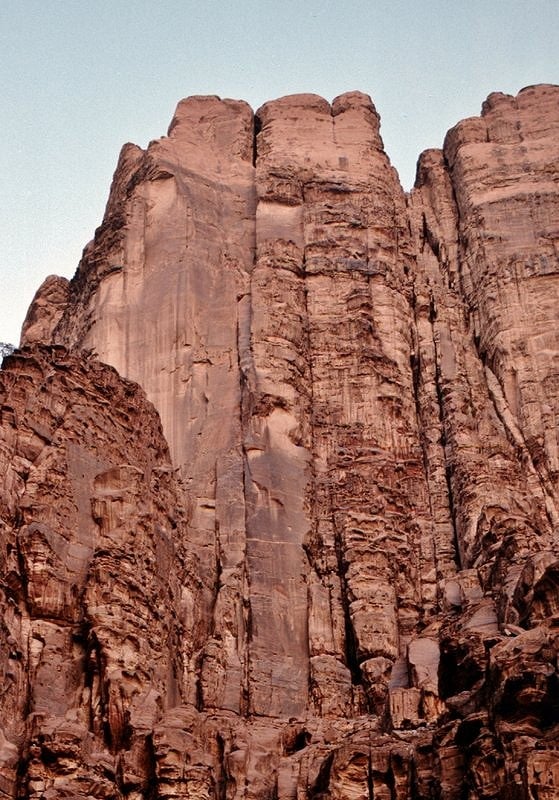
Many people who have climbed Lionheart consider it a world classic. It is certainly an essential tick for all strong parties. It follows a stunning east facing line about an hour's walk and scramble south of the village. Its eight pitches give incredibly sustained crack and corner climbing requiring a full repertoire of techniques. Protection is excellent and the climbing continuously absorbing and enjoyable; it is hard to pick out a particular crux, but I remember the strenuous corner of the third pitch, the wide thrutch of the fourth and the technical bridging and fingery laybacking of the sixth being particularly testing. The view from the top across the outlying areas of Rum to the south east is sublime. Most parties will require a full day to complete the route and abseil back down – early start recommended!
Barrah Canyon
Merlin's Wand (6a+) (E1/2 5c)
Merlin's Wand is undoubtedly Rum's most classic route and the magnificent Barrah Canyon is the most popular area of the desert for overnight trips away from the village, so be sure to do your bit to keep the camping spots below the climbs tidy. The route follows as striking a line as you will see anywhere – an incredibly straight crack line five pitches long, giving continuously wonderful climbing. The initial corner might feel somewhat insecure but protection is good. The short lived steepening of the second pitch leads to a good ledge below the crux. A strenuous, slightly sandy but very safe bulge gives access to the two amazing pitches of the upper crack; the climbing looks very intimidating from below, but positive face holds reminiscent of the best of Red Rocks abound, and you'll soon relax and enjoy the wild exposure. It's over all too soon and four abseils return you to the desert floor, where you can look forward to a wander around the myriad side canyons, an afternoon snooze on the dunes, the glorious evening light, a night under the stars and perhaps more brilliant climbing next day...
The Star of Abu Judaidah (ED1) (E2/3 6a)
If you've done Merlin's Wand and want to up your game (if not then Le Bal des Chameaux (5a) at VS/HVS or Storm (6a) at HVS/E1 can be recommended as mellower alternatives) then the great sustained line of The Star of Abu Judaidah is the obvious target and will not disappoint – in fact I would probably rate it as one of the very best rock climbs I have ever done anywhere. It lies just ten minutes walk south from Merlin's Wand. After a delightful first pitch, the start of the second gives a desperate move past pegs which can, if necessary, be aided without really detracting from the climb as a whole. A superb sustained corner follows and the fourth pitch sports a nervy run out on "crispy" holds across a steep slab. Two stunning long pitches of varied and unusual climbing up a flared corner/chimney follow. A final easier pitch might be considered optional. The abseil descent is off drilled peg anchors.
Burdah East Face
Orange Sunshine (D-) (HVS 5a)
Jebel Burdah is the most prominent mountain in the East of the Rum area. Its east face offers a vast sweep of slabs and the 300m Orange Sunshine has become the classic line. The route starts by stepping directly off the dunes. The line is open to much variation (quite possibly unintentional!) and there are some long and enjoyably bold easier sections but the distinct crux is protected by a judiciously placed bolt. From the top of the route it is well worth continuing for about half an hour to the summit for its fabulous views. The popular north ridge offers a straightforward descent without too many route finding difficulties and with the added bonus of visiting its spectacular and famous rock bridge.
Jebel Suweibit
The Haj (TD) (HVS 5a)
Jebel Suweibit is a collection of peaks on the southern edge of the Rum sandstone area about fifteen miles south of the village. It is a beautiful and remote area of the desert and I have spent a few days here during each of my visits to Rum, seeking out new routes and soaking up the loneliness of the desert, rarely encountering Bedu and never any other climbers. The Haj is quite well known because its first ascent by Tony Howard and Di Taylor was filmed for the TV series The Face and it does receive regular ascents. The location on the south face of Jebel Suweibit Gharbia, looking out over the miles wide sandy sweep of Wadi Suweibit to the barren hills of the Saudi border, is without compare. The first three pitches follow a powerful line of corners and cracks to a good terrace. The first of them is quite awkward and is possibly the crux of the route. In contrast, the amazing upper slabby wall is taken by an improbably easy diagonal line for two pitches. Where this fades out some delightfully bold and delicate moves protected by the tiniest of threads lead upwards to easier cracks and a fine subsidiary summit. Instead of trying to follow the descent described in the guidebook, head eastwards and down, heading a bit left to a small rock window on a spur (some cairns). From here head north alongside a rocky gully until a deep sand filled gully leads back down to the desert. If you spend more time in the area the only other route in the guidebook, Barefoot Groove, is a good VS and it is well worth trying to find the easiest way from the east to the wonderful main summit of Jebel Suweibit or, if you want more technical challenges, seek out my own Allah Akhbar (E3) or Southern Star (E2)) – details on request or in the Resthouse routes book. Both repeated with quality confirmed!
Logistics
When to Go
This depends somewhat on your heat tolerance but any time between November and April should be good. It can be very hot in the sun early or late in this period but climbing in the shade should be perfectly comfortable. During the winter it can be extremely cold at night, days are short and there may be an occasional rain storm or even snow on the mountains, but climbing in the sun can be ideal while it is still fine in the shade. The spring is particularly attractive in the desert when the dunes are adorned with a wide variety of flowers and birdlife seems most abundant.
Getting There
Most conveniently, Turkish Airlines now fly to Aqaba via Istanbul from London, Manchester, Birmingham and Edinburgh (for some reason you currently get a double free baggage allowance from Edinburgh – great for a big rack of cams!). Prices start at around £300. The 40 JD (1 JD=£1 near enough) visa fee is waived at Aqaba since it is in a special economic zone. A taxi from the airport to Rum costs around 40 JD and takes less than an hour.
Alternatively, various airlines fly from the UK to Jordan's capital, Amman. From the airport a taxi to Wadi Rum costs around 100 JD and takes about 4 hours. If you are concerned about security you may wish to pre-book a taxi through one of the agencies which offer tours to Rum. It is possible to travel by bus much more cheaply but this is a lot slower and will probably cost you a day's climbing.
Many first time visitors to Jordan will want to visit the amazing ancient Nabatean rock hewn "rose red" city of Petra, which is also in the south of the country and is not much more than an hour from either Rum or Aqaba by taxi. A beach break with some snorkelling or diving at Aqaba may also appeal!
Accommodation Advertise here
No Premier Listings found in this area
As you arrive in Wadi Rum village, you cannot miss the Resthouse on the right. Good but rather unvaried meals are available and camping costs 3 JD per night. The Resthouse used to be a busy tourist hub but was virtually deserted on my most recent visit. It is now also possible to find accommodation in private houses in the village.
Food and Supplies
There are several small food shops which sell all essentials including fresh vegetables. You can support the local economy by getting your supplies here rather than bringing them from outside. You may also now find the odd local eatery – look out for freshly deep fried falafels with chilli sauce! Tap water is fine to drink but bottled water can be bought and, in any event, plenty of bottles or containers will be needed for trips out into the desert.
You will probably be approached by locals offering transport by "Bedouin taxi" out into the desert. Ask around if not. Depending on the distance the cost should be of the order of 50 JD for a drop off and later pick up.
Although gas canisters are available in Aqaba it is probably best to bring a petrol cooker. Petrol ("benzene") is available if you ask around. When travelling out to the desert, ask your driver.
Guidebook
The only comprehensive guidebook is currently Tony Howard's "Treks and Climbs in Wadi Rum". Although now twenty years old, it is excellent and contains lots of interesting background information, though some of the timings can probably be taken with a pinch of salt! Tony and Di's more recent "Jordan - Walks, Treks, Caves, Climbs and Canyons" might be useful if you plan to explore other parts of Jordan and covers some of the classic Bedouin routes in Rum. Ask in the Resthouse to see the new routes book in which climbers also record and comment on the routes they have done. There are rumours of a forthcoming French written comprehensive guide and of an Israeli written "best of" book.
Instructor/Guides Advertise here
No Premier Listings found in this area
Gear
A double set of cams including some big sizes is advisable along with a couple of sets of wires and your usual quickdraws. Plenty of slings for threads and spikes are invaluable. Spare abseil tat often comes in handy and will be essential in large quantities for complicated descents. It goes without saying that in situ gear should be treated with suspicion and backed up where necessary. 50m ropes should suffice, though 60m could prove useful on some routes.
Outdoor Shops Advertise here
No Premier Listings found in this area
The Bedu and the Desert
Remember that the desert is still the home and workplace of the Bedu, so respect them and their space. They are reserved and proud, but deeply hospitable people; the tradition of looking out for others, friend or stranger, in the desert lives on here. It is not uncommon to be beckoned over to a tent and offered the traditional tea or cardamom coffee. Just a few words of Arabic, most importantly the greetings ritual, will go a long way. Dress modestly in loose clothing covering legs and arms.
Women travelling unaccompanied by men are alien to Arab culture and will often attract curiosity and attention. Most such attention, however, will be well intentioned and out of concern; with common sense problems are unlikely to arise. Two female friends of mine travelling together a few months ago found Jordan overwhelmingly welcoming.
The concept of litter is fairly new here and while the evidence of thousands of years of occupation is inevitable and acceptable, modern litter should not be. Organised tourist groups and their guides seem to be the worst offenders. Set a good example; carry a few bin liners and tidy up where you go. On my last trip I removed a large amount of trash from the popular camping area in Barrah Canyon; hopefully renewed mess will be discouraged.
- DESTINATION GUIDE: Namibia - Deserts, Mountains, Wildlife and Climbs 31 Mar, 2022
- ARTICLE: What's on Your Bookshelf? #2 17 Feb, 2021

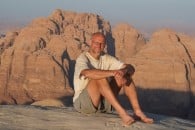


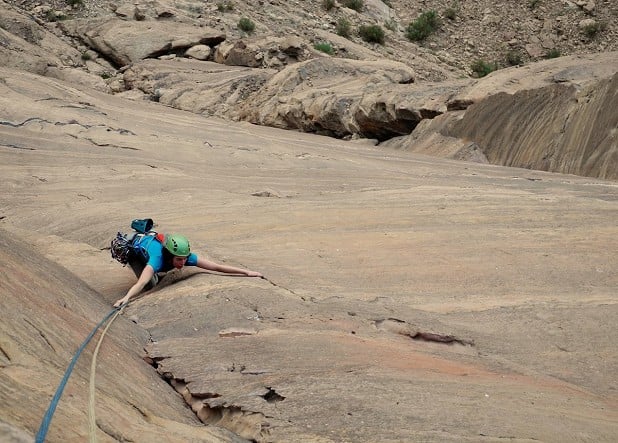
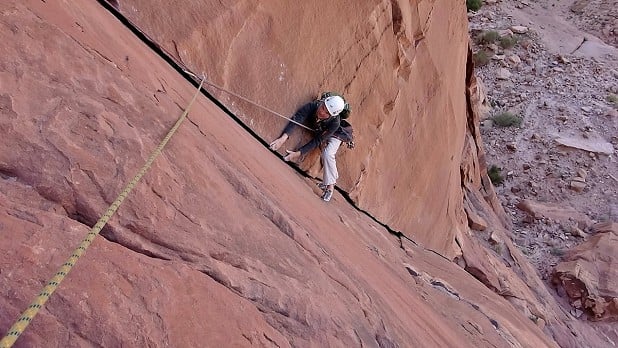
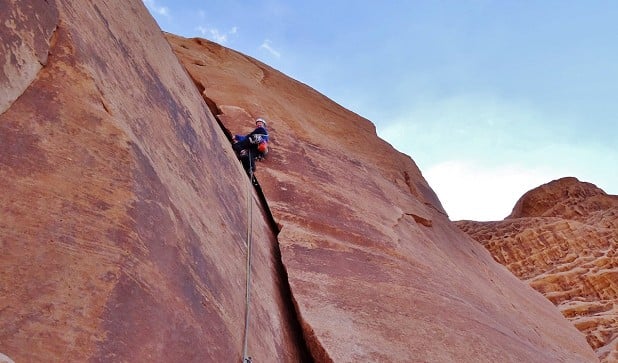
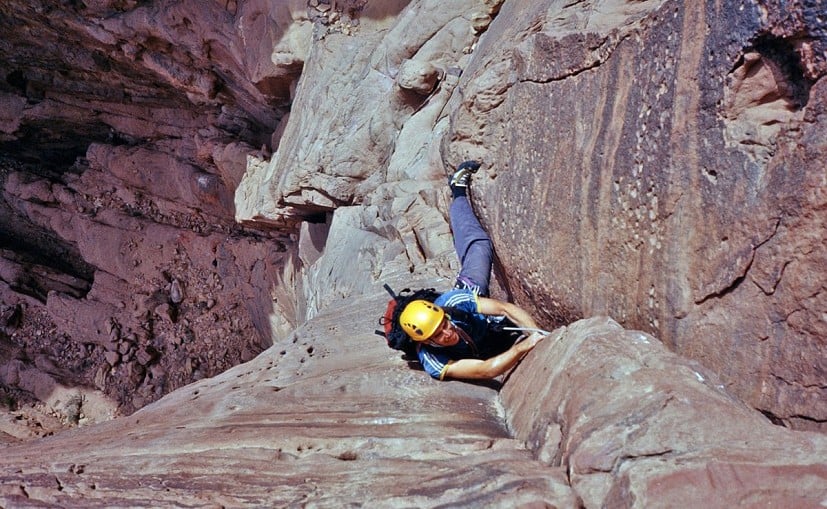
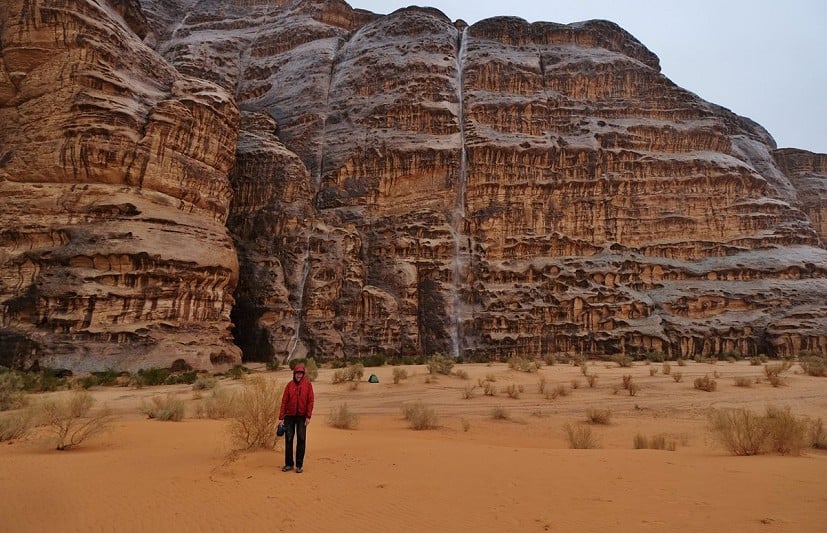
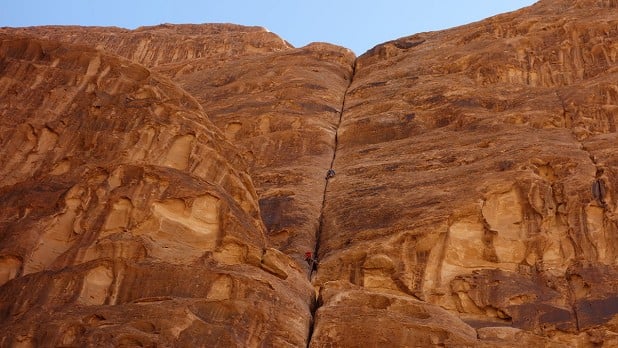


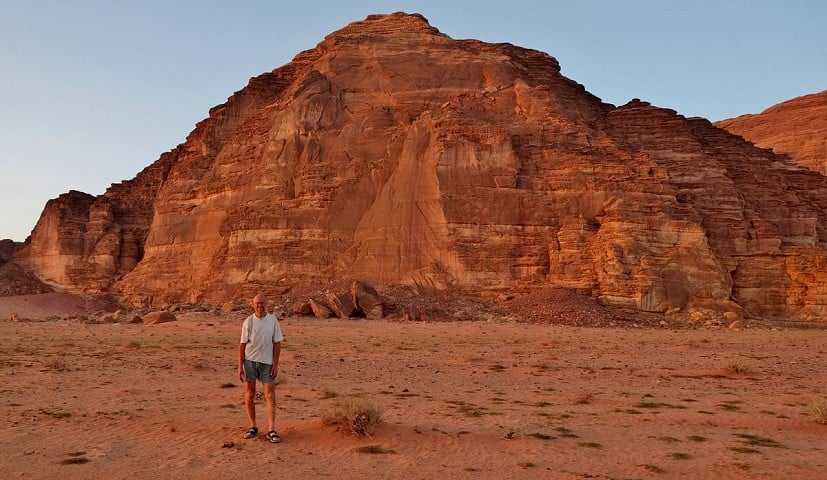
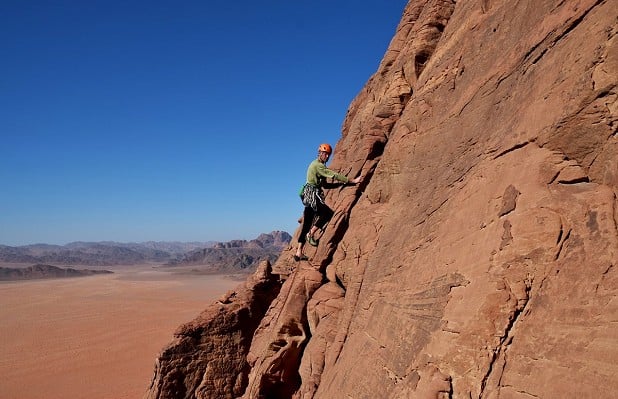

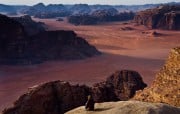

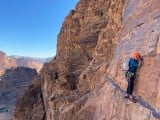

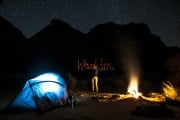

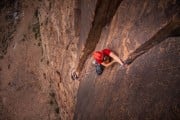

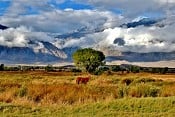

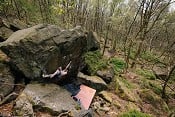
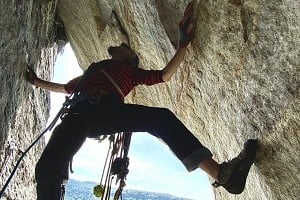
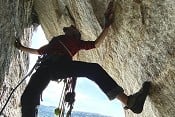



Comments